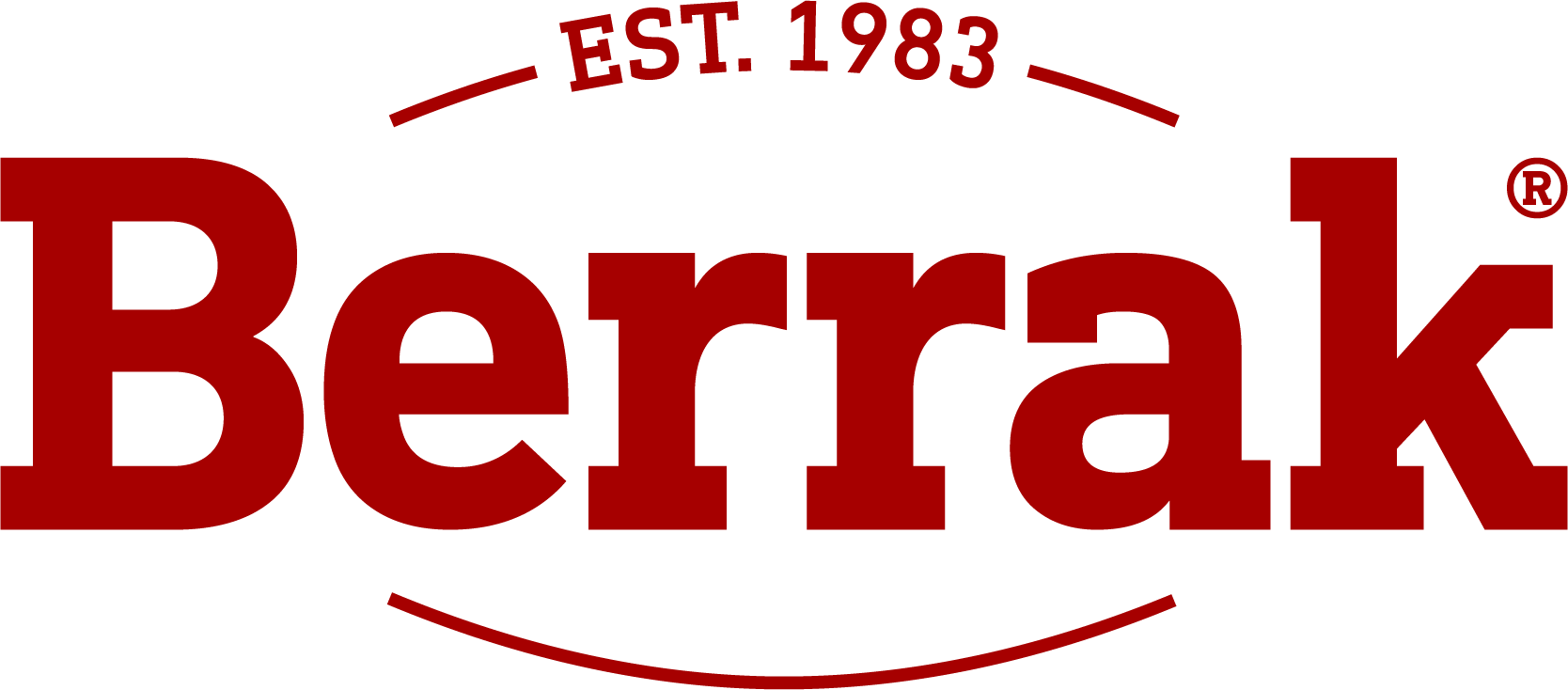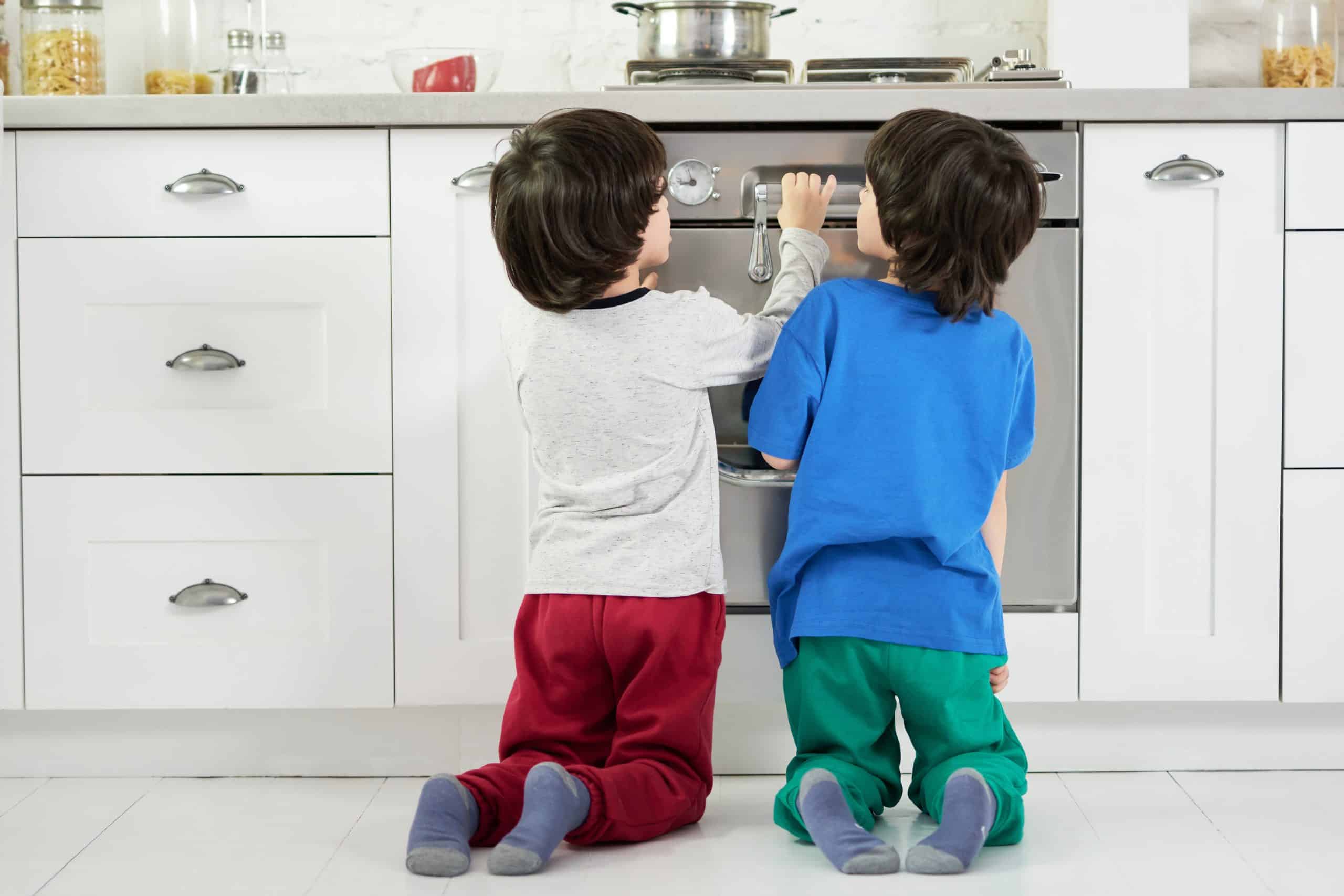Spending time with children in the kitchen can be both fun and educational, but safety should always be a primary concern. Keeping hazardous materials and hot surfaces away from children, using safe kitchen tools, and constant supervision increase children’s safety in the kitchen. These precautions provide a safe and fun kitchen experience for both children and family members. They prevent potential accidents and make your time in the kitchen more enjoyable. Here are the things to consider for child safety in the kitchen:
1. Provide an Educational and Safe Environment
- Be In View: Always be in sight when children are in the kitchen. Create a safe environment by monitoring their movements.
- Educate: Teach children how to behave in the kitchen. Provide information about sharp tools, hot stoves, and other dangerous objects.
2. Keep Hazardous Materials Out of Reach
- Sharp Tools: Store knives, graters, and other cutting tools in cabinets or shelves where children cannot reach.
- Cleaning Products: Keep chemical cleaners and detergents away from children. Store them in locked cabinets or in safe places.
3. Be Careful with Hot Surfaces
- Hot Items: Keep children away from hot surfaces such as stoves, ovens and microwaves. Take precautions to keep children away from the kitchen when using hot items.
- Protective Equipment: Use protective covers for stoves and ovens to prevent children from touching these surfaces.
4. Use Safe Kitchen Utensils
- Kids’ Utensils: Use safe kitchen utensils designed specifically for children. Choose plastic, round-tipped knives and child-friendly safety equipment.
- Low-Heat Utensils: If possible, you can increase children’s safety by using low-heat, safe kitchen appliances.
5. Take Precautions Against Falls and Injuries
- Non-Slip Mats: Reduce the risk of falls by using non-slip mats in the kitchen. Also, prevent slipping by keeping the kitchen floor clean and dry.
- Chairs and Stools: If children use high chairs or stools in the kitchen, make sure they are safe. Minimize the risk of the chairs tipping over.
6. Pay Attention to Meal Preparation
- Encourage Children to Help: When children want to help in the kitchen, assign them appropriate tasks. Give them safe tasks such as mixing and selecting ingredients.
- Limit Approach to Hot Surfaces: Keep children under constant supervision in the kitchen to prevent them from approaching hot surfaces or stoves.
7. Safe Food Storage and Use
- Lids and Tight Closures: Store food and beverages in tightly closed containers. Prevent children from playing with bottle or can lids.
- Short-Term Use: Use leftovers quickly and avoid stale foods. Use fresh and safe foods to protect children’s health.
8. Create an Emergency Plan
- Emergency Numbers: Keep emergency numbers (ambulance, poison control center) in the kitchen where they are easily accessible.
- First Aid Information: Be knowledgeable about first aid and teach children basic first aid information if necessary. Also, keep a first aid kit in the kitchen.


